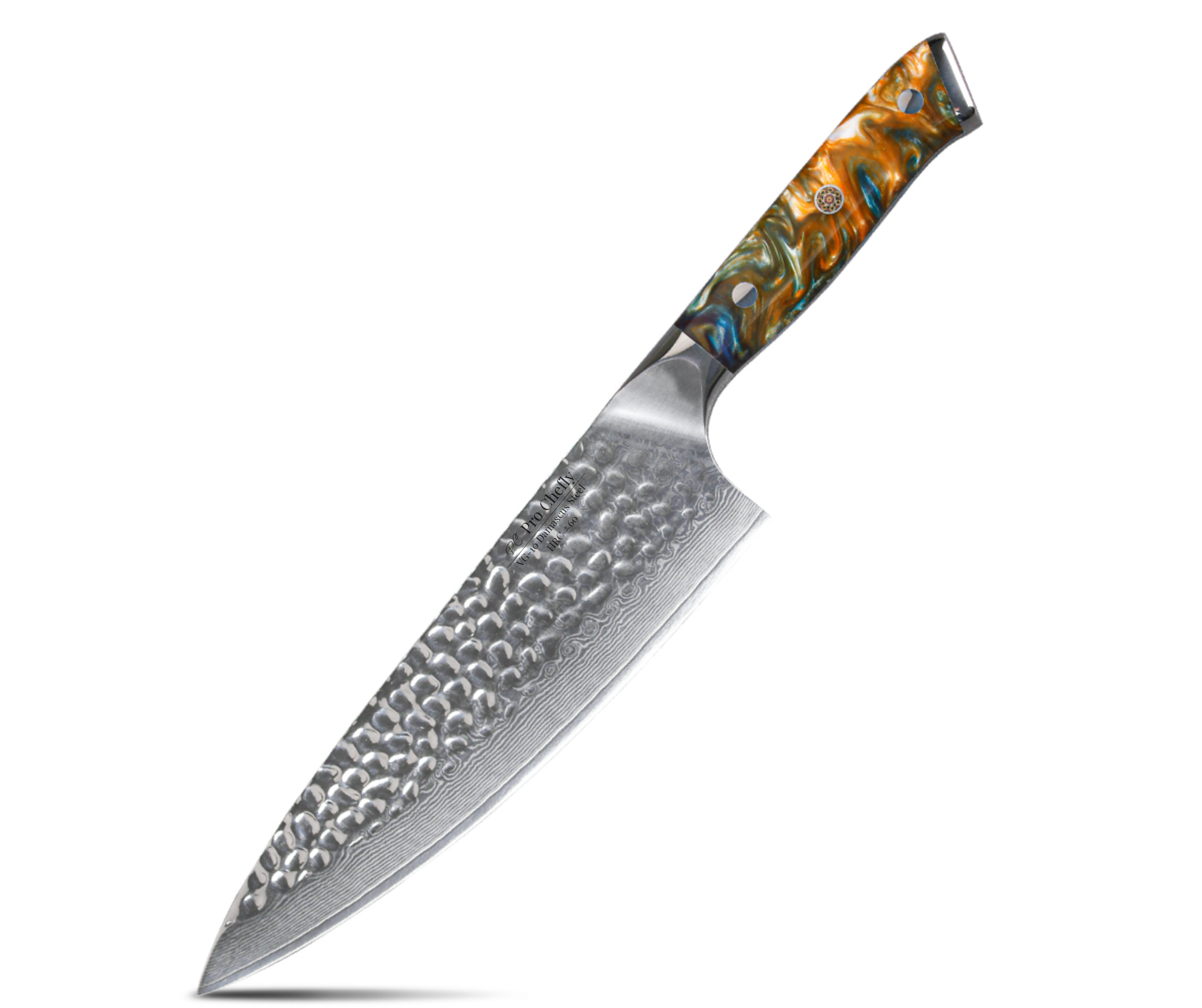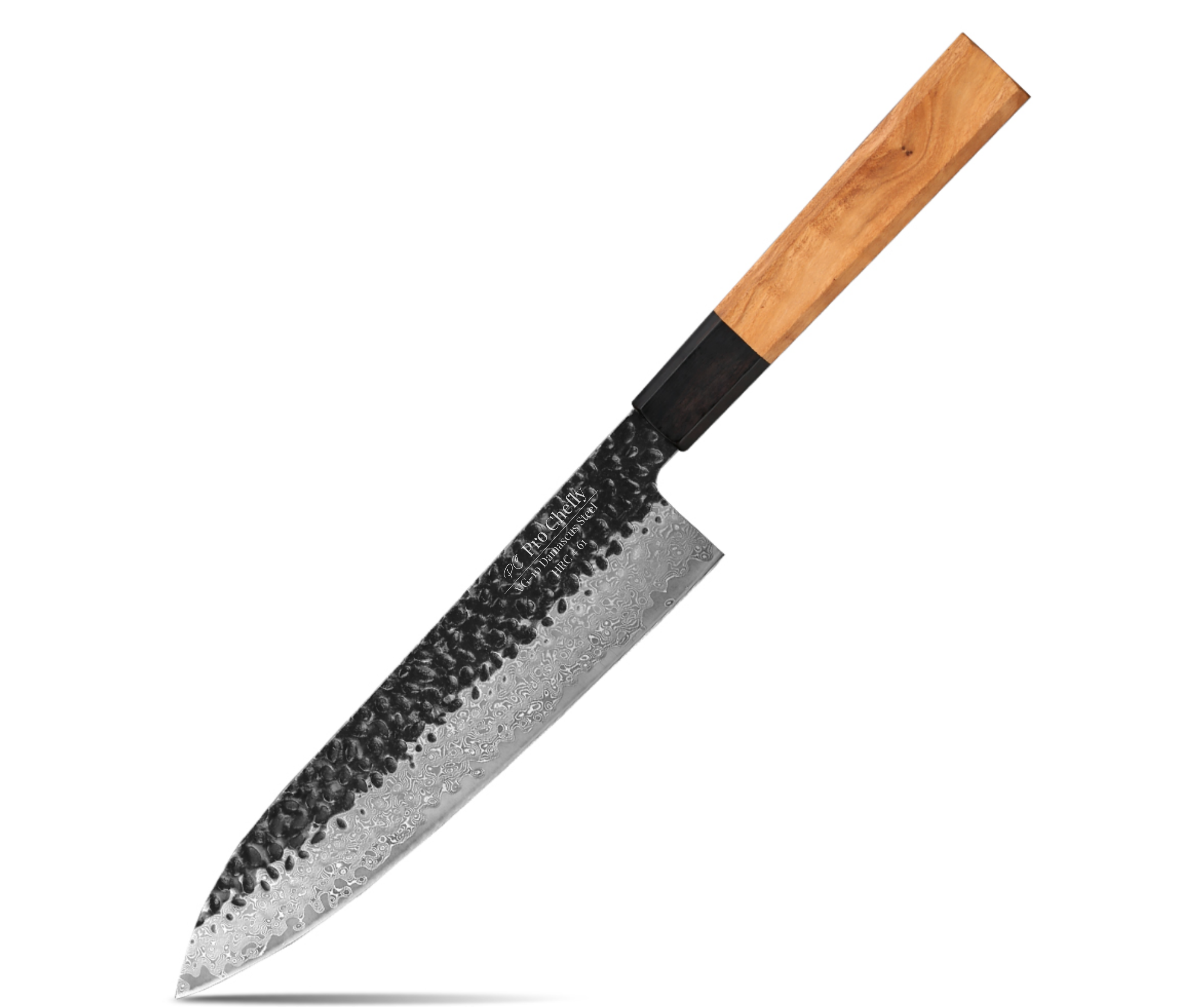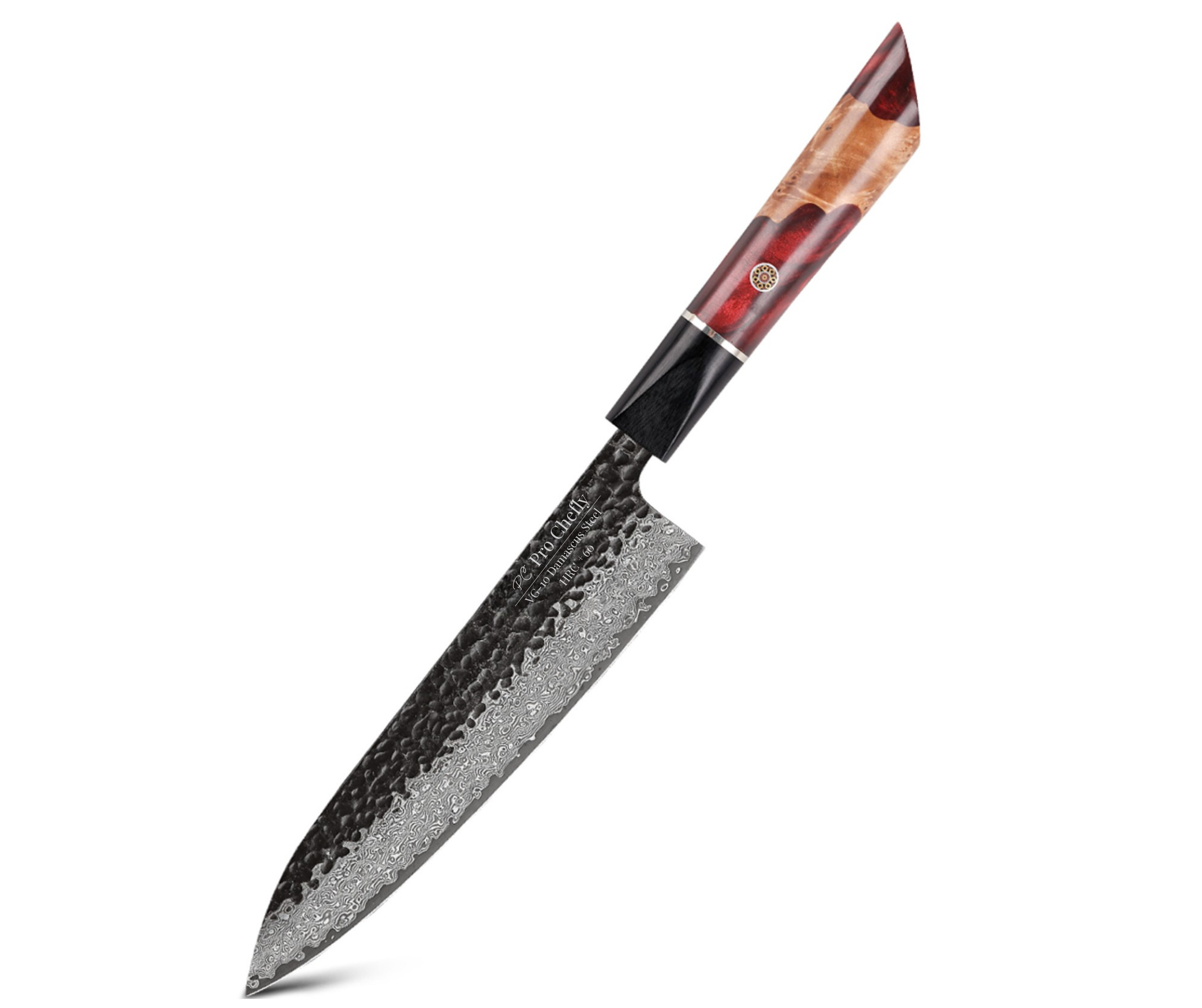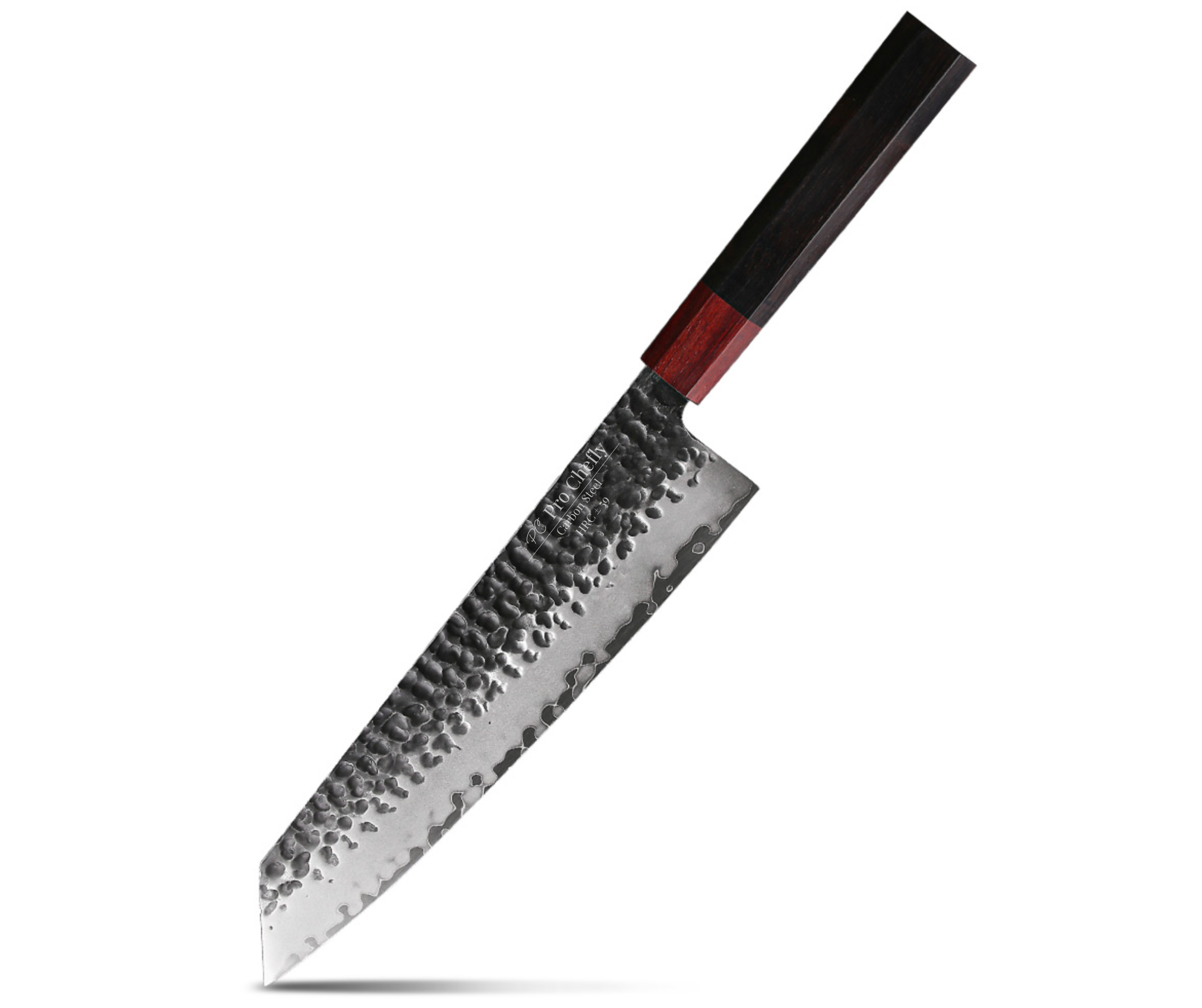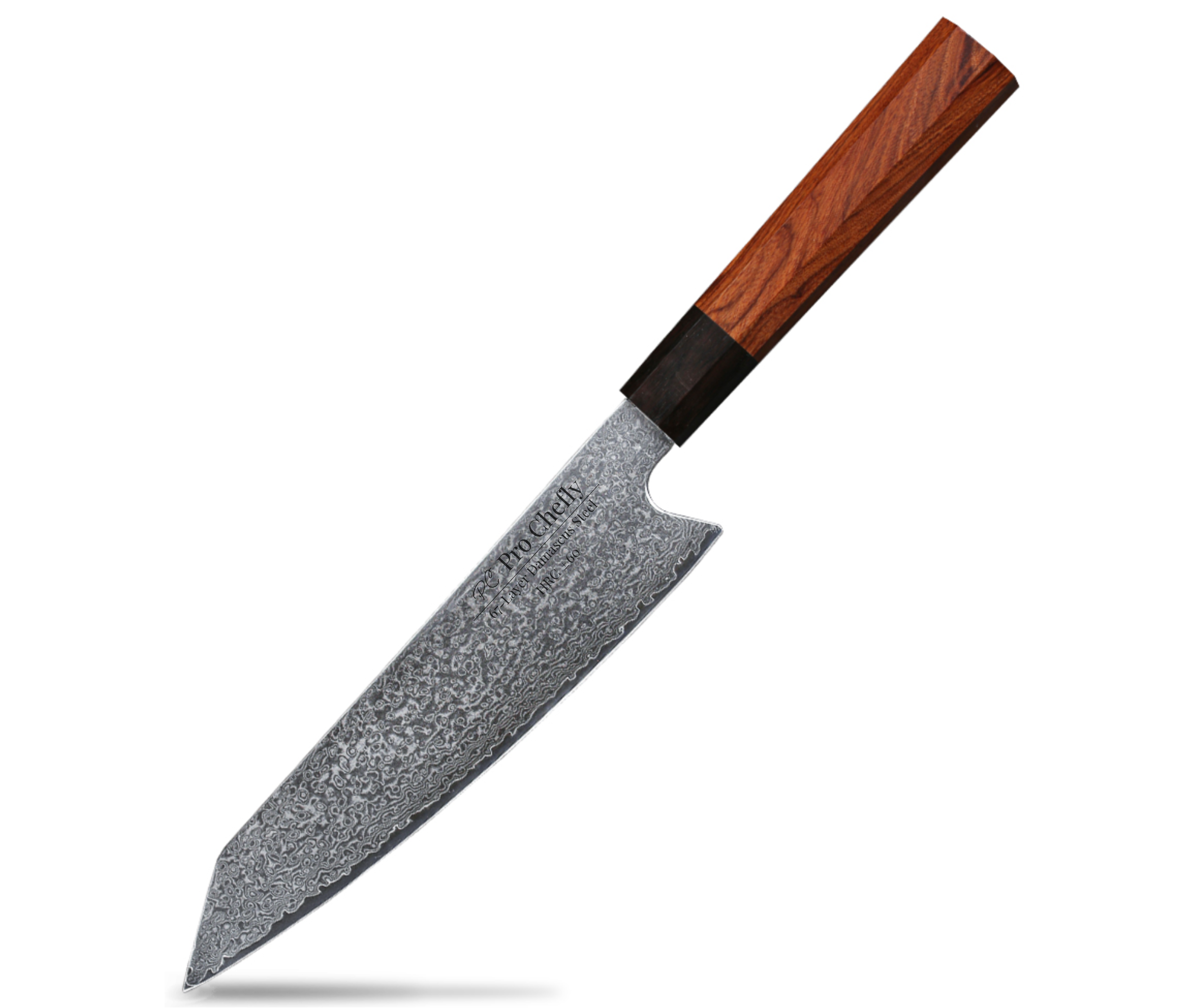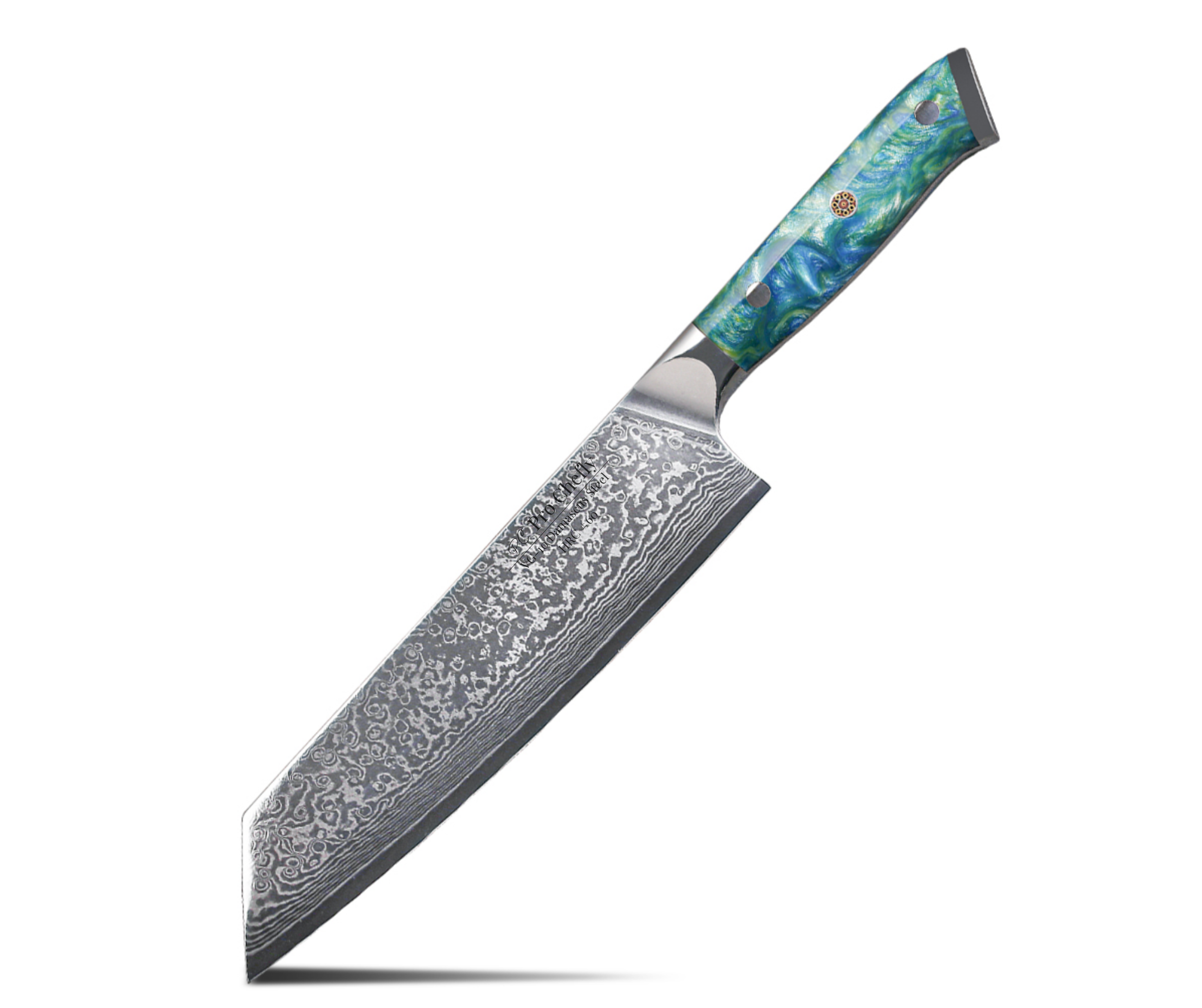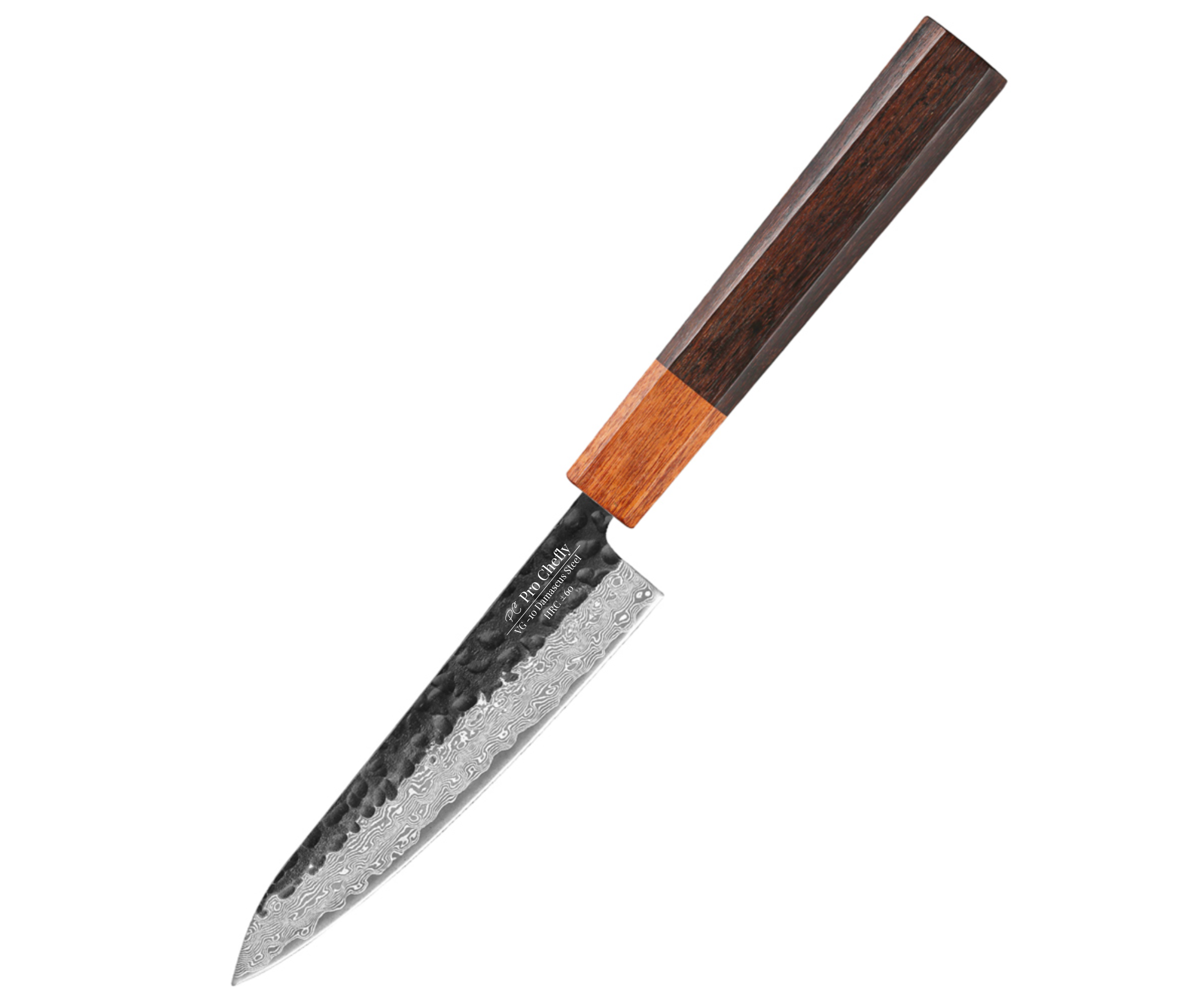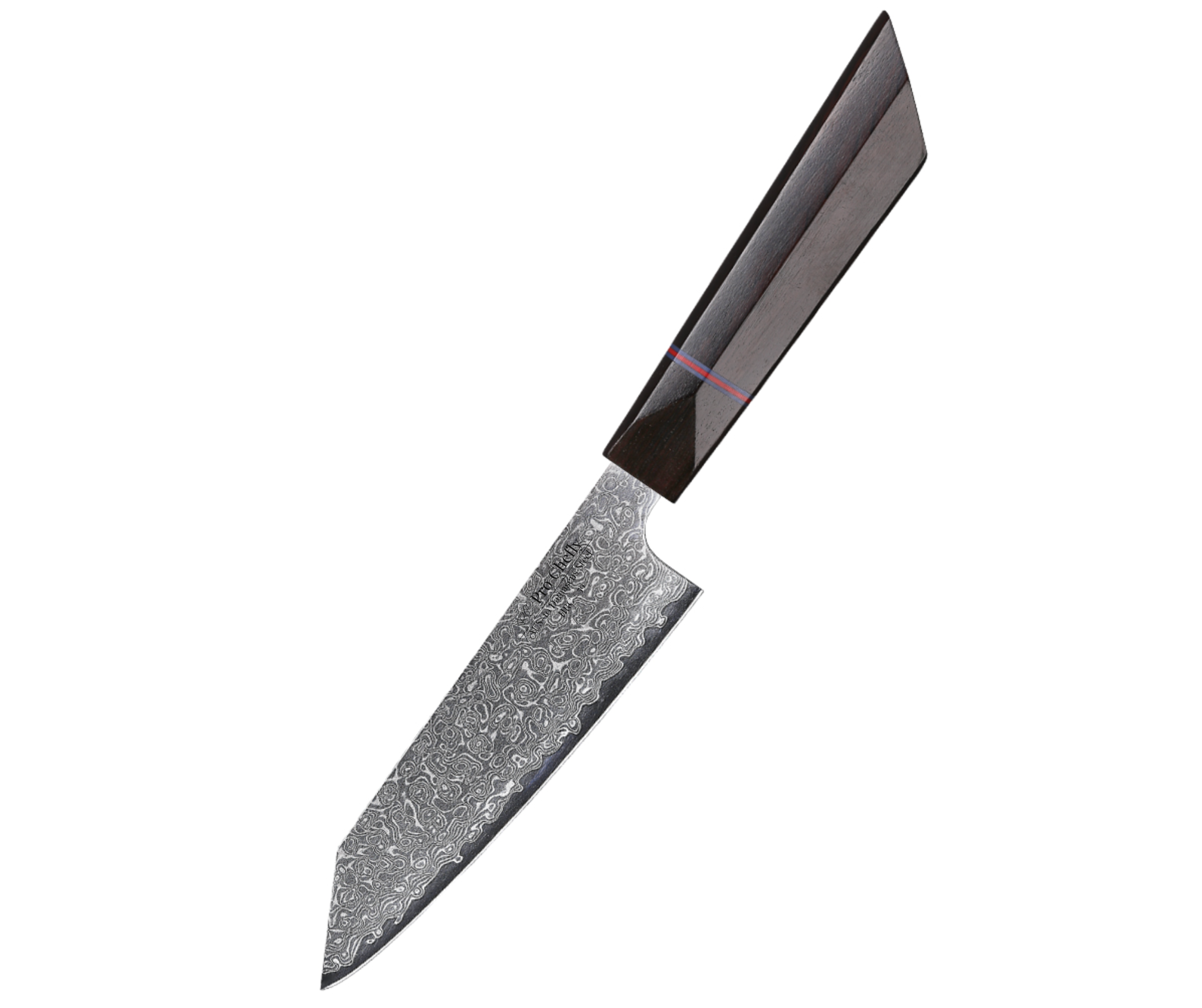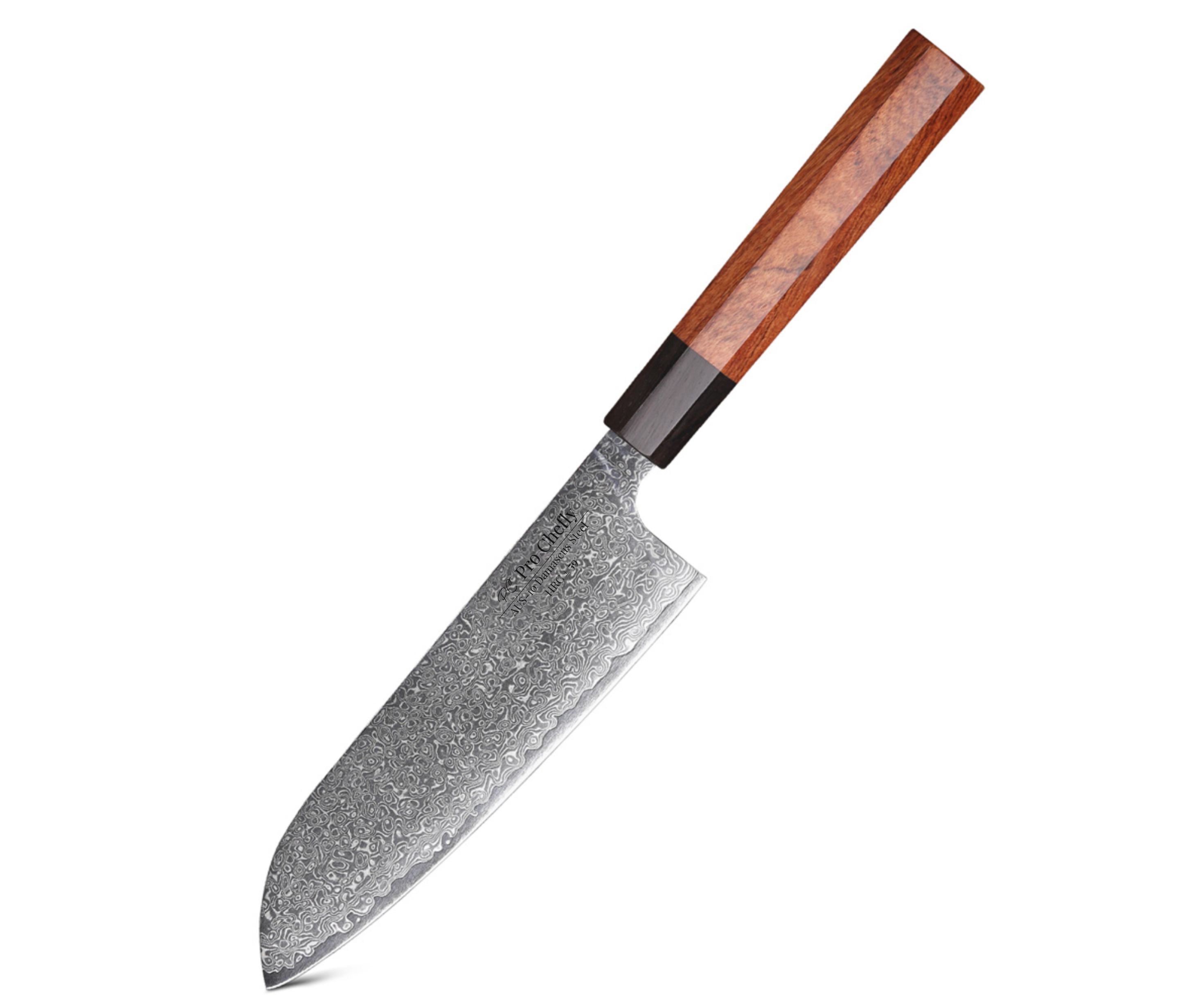Chef’s Overview
Dear Chefs, picking between a Western chef knife and a Japanese chef knife isn’t just a shopping decision—it’s about how you move in the kitchen. Do you want a heavy-duty powerhouse that handles anything you throw at it, or a precision tool that glides through ingredients like silk? Today, we’ll dive into what makes each style unique, how they fit different cooking personalities, and why the right choice could transform your entire kitchen experience.

Western vs Japanese Chef Knives: A Story from the Kitchen
The first time I switched from a Western blade to a Japanese one, it felt like I’d gone from driving a truck to flying a sports car. Smooth, fast, and thrilling. But here’s the twist—when a mountain of carrots hit my board, I missed the steady comfort of my old Western knife. That’s when I realized: it’s not about one being “better.” It’s about which knife fits your rhythm. Just like we discussed in Why Knives Matter – More Than Just Tools in the Kitchen, knives are companions, and every companion brings something different to the table.
Breaking Down the Differences Between Western and Japanese Chef Knives
Blade Shape and Cutting Style
Western chef knives are built for rocking motions, perfect for herbs and garlic. Japanese chef knives have straighter profiles, excelling at push and pull slicing. Each blade design tells a story of culinary culture—Western cooking leans hearty and rugged, while Japanese cooking values finesse and detail.
Steel Types and Hardness
Western knives use softer steel (56–58 HRC) which means they’re tough but need sharpening more often. Japanese knives, like those made with VG-10 or AUS-10, push past 60 HRC for lasting sharpness. In fact, as I covered in Is Damascus Steel Stronger Than Other Kitchen Knife Steels, steel choice alone can completely change performance.
Weight, Balance, and Feel
Western knives carry their weight in the handle for power and durability. Japanese knives are lighter, balanced toward the blade, and give you precision control. This is why so many chefs who value quick, detailed prep fall in love with Japanese steel.
Edge Angles and Sharpening
Western chef knives often sharpen to around 20°, while Japanese knives are usually at 15°. That sharper angle means cleaner cuts but requires more attentive maintenance. If you’re new to this, I recommend starting simple—much like I suggested in How to Choose the Right Chef Knife for Beginners.
Which Knife Style Is Right for You?
Western Chef Knife Advantages
-
Strong and durable, ideal for beginners
-
Rocking motion suits herbs and quick chopping
-
Forgiving with tough ingredients
-
Easier to sharpen without experience
Japanese Chef Knife Advantages
-
Razor-sharp precision for vegetables and fish
-
Lightweight and fast, ideal for finesse cooking
-
Superior edge retention with steels like VG-10
-
Feels natural for slicing and detailed prep
And don’t forget—every kitchen benefits from variety. Just like we explored in From Bunka to Nakiri: Why Every Pro Chefly Knife Has a Place in Your Kitchen, there’s no one-size-fits-all solution when it comes to knives.
Pro Chefly’s Recommendation
At Pro Chefly, we believe in honoring Japanese craftsmanship while respecting the utility of Western durability. That’s why our 8" VG-10 Damascus Chef Knife and 7" VG-10 Damascus Santoku Knife combine artistry with sharpness, while our 6.5" X50CrMoV15 stainless steel Deba Knife channels Western sturdiness for bigger jobs.
Conclusion: Western vs Japanese Chef Knives in Real Kitchens
Dear Chefs, Western vs Japanese isn’t a battle—it’s a dance. Western knives bring strength and comfort, while Japanese knives deliver precision and artistry. Choosing your knife is about choosing your cooking style. My advice? Keep both in your kitchen and let your recipes decide. After all, your knife should feel like an extension of your hand, not just a tool in your drawer.
Knife Collections
Shop the latest in Pro Chefly Damascus Knives
Chef's Notes
Stay up to date with the latest kitchen stories and recipes

- December 05, 2025
Dear Chefs, the holidays deserve a dish that feels slow, soulful, and unforgettable — and few things capture that spirit...

- November 30, 2025
Dear Chefs, there is something unmistakably comforting about bread pudding in November — the way the custard soaks into the...

- November 25, 2025
Dear Chefs, there is something special about roasted carrots in the fall — the way they caramelize, the way their...

- November 20, 2025
Dear Chefs, there is something magical about fall stuffing, especially when pumpkin and sage join the party. The aroma alone...

- November 15, 2025
Dear Chefs, November has a rhythm of its own — a slower pace, a softer light, and a craving for...

- October 31, 2025
Dear Chefs, fall baking is a ritual — the scent of cinnamon in the air, pecans roasting low and slow,...
- Choosing a selection results in a full page refresh.
- Opens in a new window.
